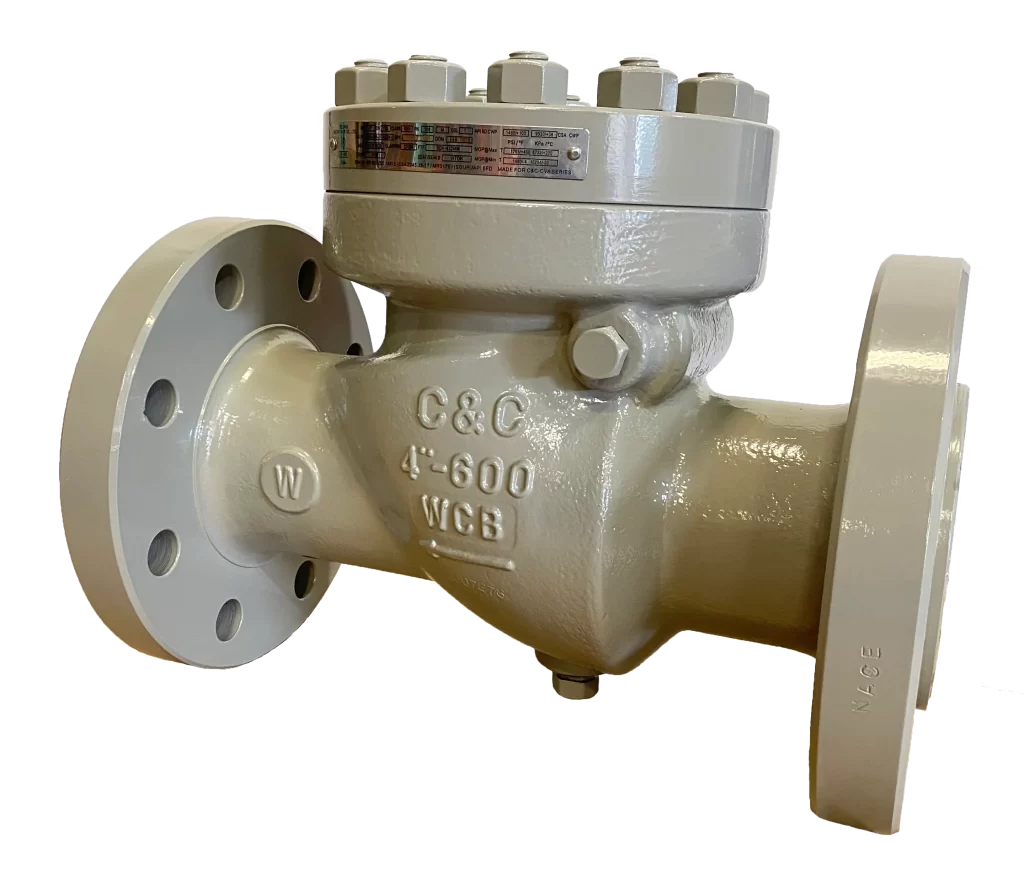Gate valves and 3-way valves are critical components in fluid control systems, each serving distinct but important roles. Gate valves are primarily used to control the flow of liquids or gases by fully opening or closing the valve, providing a straight-through flow path when open. The key feature of a gate valve is its wedge-shaped gate, which is raised or lowered to open or close the valve. This type of valve is ideal for applications where the flow needs to be fully started or stopped, as gate valves are not designed for throttling or regulating flow. They are commonly employed in pipelines, water distribution systems, and oil and gas industries, where large volumes of fluids need to be controlled with minimal resistance. Gate valves are typically used in situations where the valve operates in a fully open or fully closed state for extended periods, and they offer high durability and low-pressure drop when fully open. In contrast, 3-way valves are versatile components that allow for the diversion or mixing of fluids in a piping system.

These valves have three ports, typically configured in either an L or T shape, which enables them to control the direction of the flow between two sources or destinations. A 3-way valve can be used to either divert the flow from one pipe to another or to mix fluids from multiple sources. Their functionality makes them essential in applications where flow redirection or fluid blending is required. They are widely used in heating, ventilation, and air conditioning HVAC systems, chemical processing, and water treatment plants, where they can direct the flow of fluids to different locations or combine two different streams into one. By controlling the flow in this manner, gate valve diagram optimize the efficiency of fluid control systems, ensuring that processes are carried out precisely. The choice between gate valves and 3-way valves largely depends on the specific needs of the system. Gate valves are often used when the need for a simple on/off flow control is paramount, and they are favored in applications that require minimal turbulence or resistance when fully open.
On the other hand, 3-way valves are more suited for processes requiring flow diversion or mixing, offering greater flexibility in controlling fluid paths. While gate valves provide a high degree of reliability and long-lasting performance, 3-way valves provide a greater degree of versatility in handling complex fluid routing. For instance, in an HVAC system, a 3 way valve may be employed to redirect hot or cold water to different zones based on heating or cooling demand, while a gate valve might be used in the main pipeline to isolate sections of the system during maintenance. Both gate valves and 3-way valves are essential for maintaining control over fluid systems, with each serving its purpose in optimizing the flow, pressure, and direction of fluids within a variety of industrial, commercial, and residential applications. The proper selection of valve types based on application requirements ensures efficient operation, safety, and durability of fluid control systems.
